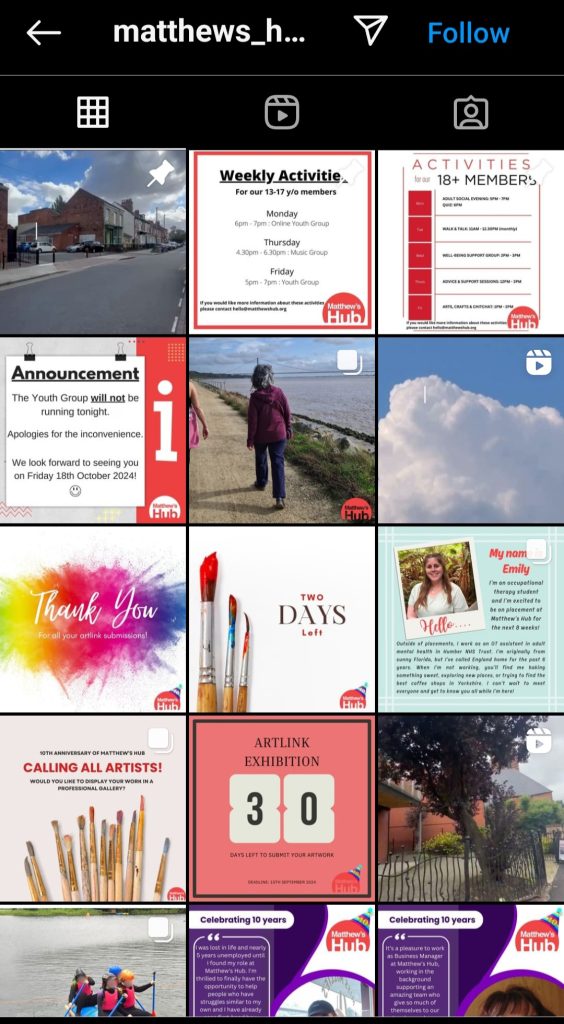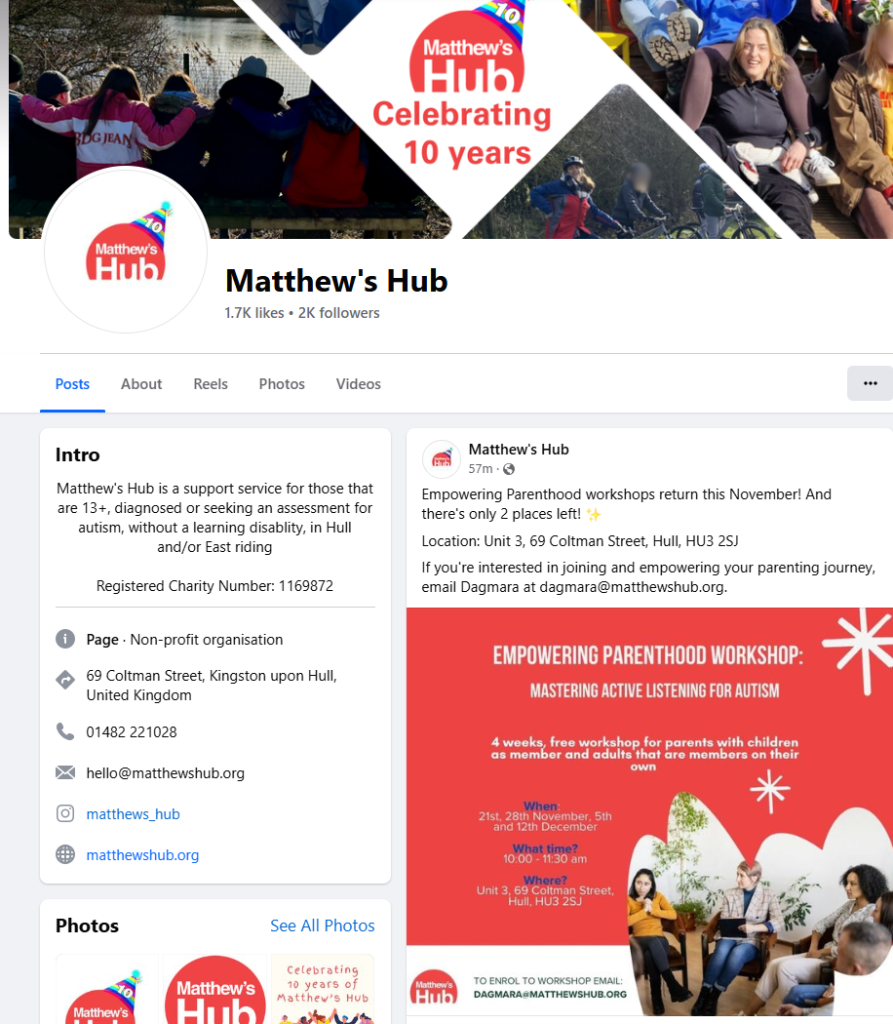When it comes to Digital Marketing, one of first options is advertisements. In the modern age, most advertisements are showcased and made for online. There are some ads that are primarily for the web, as they are based on more web based things, like YouTube channels, apps, websites, etc. These ads also appeal to an audience that has grown accustomed to the web. The world wide web is still in its infancy but younger generations have quickly adjusted themselves to this environment. This case is shown most with app adverts, as they rely heavily on people who use their phone more than average.
Using social media platforms like YouTube, Instagram, Facebook, Twitter (also known as X), etc, adverts can be made to capture audiences that may spend more time on these specific sites. Plus, most platforms that have algorithms that then lock onto people’s specific interests, making the audience you’re targeting easier to catch. There are also platforms targeted towards ads and feeding them into an algorithm, such as Google Ads and Facebook Ads, which make sure even further that they attract the correct target audience.
When it comes to each platform, all of them have their own rules and specifications for how posts and ads need to be formatted. A good example is that platforms like YouTube and TikTok will require videos for an advertisement to be shown. This would be made on Adobe Express and other similar websites. Meanwhile, on Instagram, Twitter/X and Facebook, while the ads can still be videos, there is also the option of doing a static image/post. Along with this, most platforms require posts and videos to be certain sizes. For example, the resolution size for Instagram is 1080 x 1080, however landscape photos can go up to 1080 x 566 and portrait photos can go up to 1080 x 1350.
Two examples from the charity I chose to redesign in the future showcases this resolution size along with how to do it, yet also has ways it could be improved.

You can see that all posts here stick to the square resolution so they all fit, plus are very straight to the point. However, the posts themselves have a style that keeps switching and could be more consistent. Along with this, are random picture posts that could be presented in keeping with the company identity, whilst still getting across their central message. When it comes to digital marketing, especially with companies, it is best to make sure that your company identity is held up and has consistency so as to ensure that you are recognisable, rather than being a random picture with an attached message.

Meanwhile here on their Facebook page, the posts are much more detailed and formal. This is because of the older audience demand a less casual approach. There is a very noticeable lack of identity with the exception of the use of red and white colouring, which in some posts is completely absent. This highlights the need for ad campaigns to show differences on each platform whilst still maintaining their general characteristics and themes. This is their identity.
Another few advertisements that many websites use are banner ads, sidebar ads, and pop-ups. While pop-ups are not as famous or widely used as they were during the early years of the web, sidebar and banner ads are still quite common. Unlike platforms that use the posting format, the more news and blog reliant sites use these types of ads to survive. Usually you’ll find them across a part of the screen, mostly separating a paragraph. While the other ads, would be across the side of the screen. Most of the time, the subject of the website and all the images and pictures will be shown on the left hand side, while the advertisements will be kept to the right side of the screen, along with other posts from the website.